The power of technology and the passion of young people
In the context of the explosive technological revolution, the preservation and promotion of traditional cultural values are facing great challenges but also opening up countless new opportunities. Taking advantage of technology, many young people have pioneered meaningful projects to preserve national cultural values in a modern and more accessible way to the public. A typical example is the "Back to the Village" project founded by Mr. Ngo Quy Duc, with the goal of spreading traditional crafts to the wider community. Since 2020, the website velang.vn has continuously updated information about traditional craft villages in Hanoi, Hai Duong, Nam Dinh, Hue... becoming a familiar address for those who love to learn about culture but do not have the opportunity to visit in person.
Also in 2020, a group of young people from the Gen Z generation launched the Truong Ca Kich Vien project, building an online museum of Vietnamese folk theater arts. Traditional genres such as water puppetry, cheo, tuong, cai luong; or unique performances such as hat ba trao, hat oi loi, tro xuan pha... were all digitized and presented vividly on social networks with eye-catching graphics and accessible content. In particular, in 2022, this project made its mark when organizing the exhibition "Bac nhip tang bong", integrating modern technology into traditional cultural performances - from the documentary "Doan truong vinh hoa" to 3D films combining traditional performances and electronic music.
Recently, the project “Vietnamese Features” was born, bringing a new breeze with videos telling cultural stories through a modern perspective, suitable for the tastes of young people. The products are invested in content and technique, divided into short clips suitable for platforms such as TikTok, YouTube, Threads, etc., thereby attracting a large number of viewers and interactions. In addition, other initiatives such as the art program series of Hieu Van Ngu group on social networking platforms, or the Y Van Hien project specializing in restoring ancient costumes using modern printing technology, all show the trend of “catching the wave” of young audiences’ tastes in the digital content era.
Clearly, the younger generation is and will continue to play an important role in preserving and promoting national culture, with the strong support of modern technology and the guidance of previous generations.
Opportunities and challenges in the field of artistic creation
AI technology is also gradually reshaping the way people approach and create in the fields of culture and art. If in the past, art was associated with human emotions, intuition and deep vibrations, now AI has emerged as a powerful support tool - from preserving heritage, restoring traditional cultural values to opening up new horizons of creativity. However, along with such great opportunities are countless challenges, especially in terms of ethics, algorithmic bias and inequality in access to technology.
One of the outstanding contributions of AI is the ability to preserve and digitize cultural heritage. Thanks to 3D scanning technology, image processing and spatial modeling, humans have been able to recreate historical relics with impressive accuracy. For example, the Google Arts & Culture project has digitized millions of works of art, artifacts and relics worldwide, bringing the opportunity to admire them to millions of people with just one click. In Vietnam, AI has been applied in the digitization of important works such as the Imperial Citadel of Thang Long, contributing to preserving and transmitting historical values to future generations. In addition, natural language processing technology also supports the decoding of ancient texts, typically the application of AI to decode the Linear B language of ancient Greece, opening up many new discoveries about this civilization.
In the field of visual arts, AI is making strong movements. Algorithms such as DeepDream or DALL-E are capable of turning written descriptions into vivid, creative images. A clear proof is the painting "Edmond de Belamy" created by AI, which was auctioned for more than 400,000 USD, affirming that this technology is not just an experiment but has actually created economic and artistic value. In the field of music, AI not only participates in the creative process but also optimizes production. The AIVA tool has been used to compose symphonies, as background music for movies and video games. In particular, AI contributed to completing Beethoven's unfinished symphony No. 10 - an ambitious project to recreate the spirit and mark of this musical genius. In the field of architecture, AI supports the design of buildings with high precision, space optimization and energy saving. Tools like Grasshopper have helped architects realize many ideas that are both modern and sustainable.
However, the rapid development of AI also raises many pressing issues. Among them, copyright and creative ethics are still big questions. Who owns the work created by AI - the artist, the programmer or the organization that developed the AI? This question has not been satisfactorily answered and needs to be resolved with clearer legal regulations in the future.
Promoting global cultural diversity
AI technology is increasingly asserting its important role in preserving and promoting cultural diversity globally. More than just a technical tool, AI is opening up new ways to preserve and reproduce cultural values, especially heritages and languages that are at risk of being lost.
 |
AI technology is increasingly asserting its important role in preserving and promoting cultural diversity globally. (Photo: Political Theory Magazine) |
With the ability to record, analyze and reconstruct, AI has helped restore oral languages that have never had an official writing system. A typical example is the cooperation project between the Icelandic Government and OpenAI, using GPT-4 to preserve the Icelandic dialect, contributing to maintaining the national cultural identity in the context of globalization. Another typical example is the AINU-GO AI project of Kyoto University (Japan) launched in 2020 to preserve the Ainu language - the language of ethnic minorities in Hokkaido and Okinawa, which is at risk of disappearing according to UNESCO's warning since 2009. Thanks to audio data collected from native speakers, the AI system has reproduced up to 94% of phonemes and 80% of vocabulary, contributing to restoring a voice that is close to the original voice.
Major technology corporations are also actively participating in this effort. Microsoft, through its Cultural Heritage program, has developed AI tools to support communities in preserving and developing heritage using modern technology, expanding access to many population groups around the world.
However, alongside the preservation efforts are the challenges of cultural diversity. Currently, most AI models, despite being able to process hundreds of languages, are still primarily trained on English or Western cultural data. This poses the risk of creating cultural bias, undermining the identity of smaller cultures. Through increasingly rich interactions with global users, AI systems like ChatGPT are gradually integrating more diverse cultural contexts and characteristics, helping to limit the risk of “cultural homogenization”.
In the future, for AI to truly play a positive role in the field of culture and arts, experts emphasize the importance of close coordination between technology and humans. AI should be considered a creative support tool, helping artists explore new directions without losing human values. At the same time, building diverse and regularly updated data sets will help AI accurately reflect the richness of different cultures.
International cooperation between cultural and technological organizations will be the “key” to spreading global artistic values in a fair and sustainable manner. With its great potential, AI will certainly continue to accompany art and culture, but the most important thing is that people need to master this technology in a sober and responsible manner, ensuring that cultural development is not only rich in quantity but also profound in spirit and humanity.
Source: https://baophapluat.vn/doi-moi-sang-tao-trong-trai-nghiem-van-hoa-post547922.html


![[Photo] General Secretary To Lam concludes visit to Russia, departs for Belarus](https://vphoto.vietnam.vn/thumb/1200x675/vietnam/resource/IMAGE/2025/5/11/0acf1081a95e4b1d9886c67fdafd95ed)

![[Photo] National Assembly Chairman Tran Thanh Man attends the Party Congress of the Committee for Culture and Social Affairs](https://vphoto.vietnam.vn/thumb/1200x675/vietnam/resource/IMAGE/2025/5/11/f5ed02beb9404bca998a08b34ef255a6)





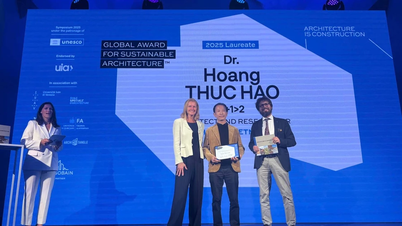

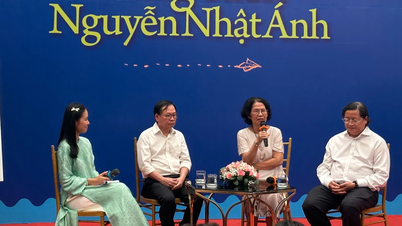
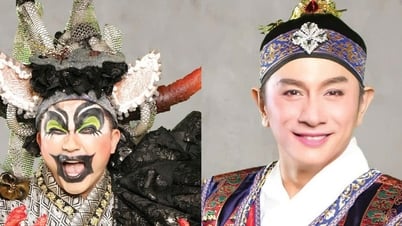




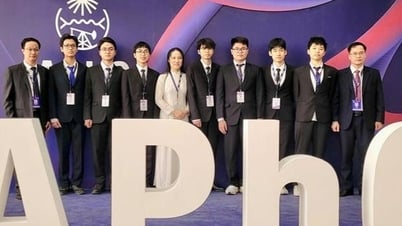
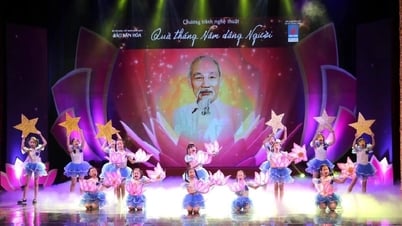



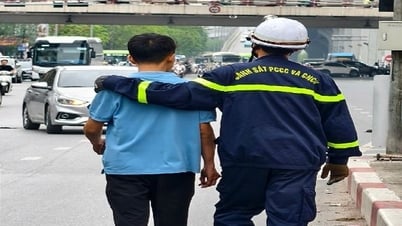

![[Photo] Discover the beautiful scenery of Wulingyuan in Zhangjiajie, China](https://vphoto.vietnam.vn/thumb/1200x675/vietnam/resource/IMAGE/2025/5/11/1207318fb0b0467fb0f5ea4869da5517)





























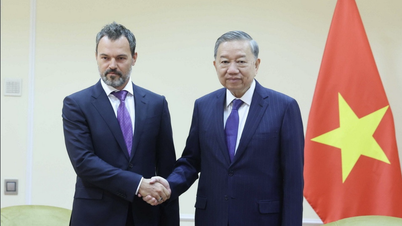















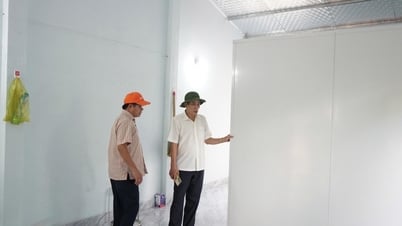

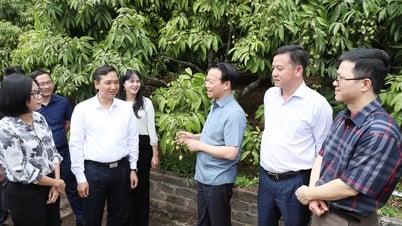

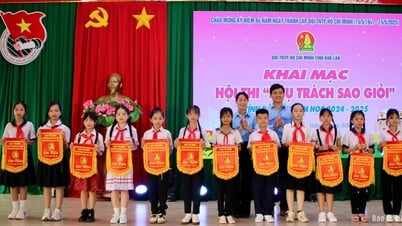
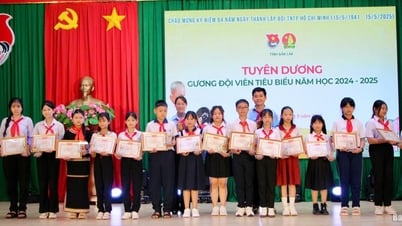
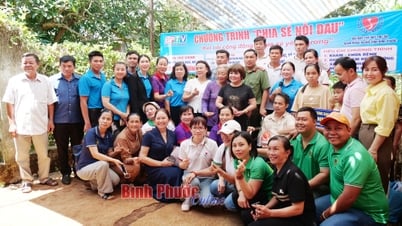

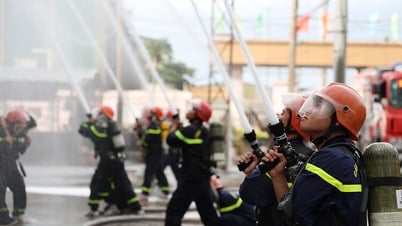











Comment (0)